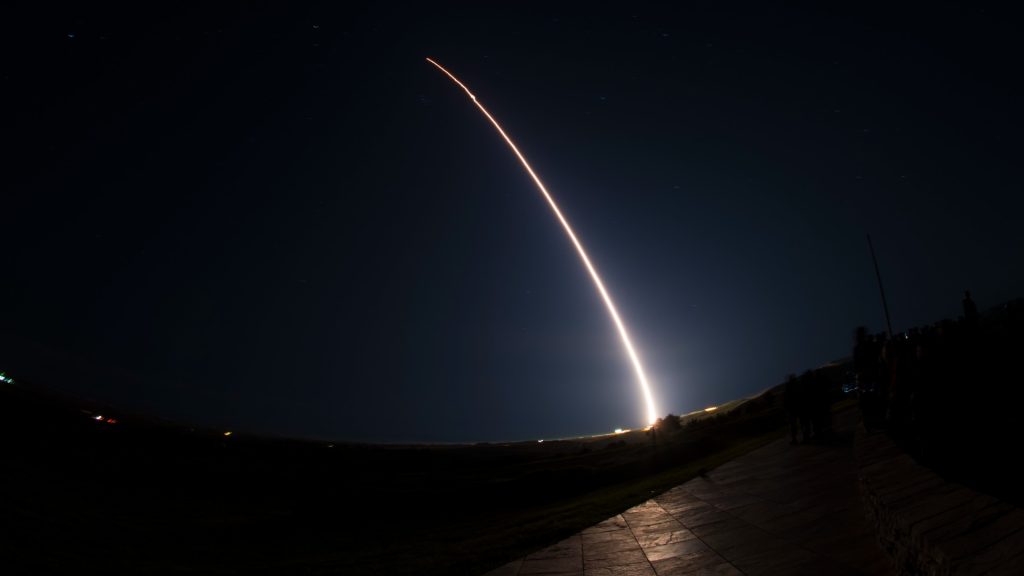North Korean missiles used by Russia in Ukraine have shown significantly improved accuracy.
Others are reading now
The precision of North Korean missiles used by Russia against Ukraine has significantly improved since late last year, according to two senior Ukrainian officials who spoke to Reuters.
They reported that while earlier strikes missed their targets by 1 to 3 kilometers, recent missile impacts are now within 50 to 100 meters of intended locations.
The missiles in question — North Korea’s K-23, K-23A, and K-24 short-range ballistic missiles — have been fired approximately 100 times by Russia between late 2023 and January 2024, with 20 launches occurring in the past few weeks.
This increased accuracy suggests that North Korea is leveraging the war in Ukraine to refine its missile technology, Reuters sources indicated.
Also read
Although an analysis of missile debris has not revealed any major design changes, experts suspect that upgraded navigation systems or improved steering mechanisms could be responsible for the enhanced precision.
Confirmation that Russia has acquired more advanced North Korean missiles came from Yang Wook, an arms specialist at the Asan Institute for Policy Studies in Seoul.
He explained that since North Korean manufacturers receive direct feedback from Russian forces using their missiles in combat, they gain valuable experience that allows them to develop more reliable weapons. However, the exact modifications made to these missiles remain unknown.
According to a Ukrainian military source, North Korea’s ballistic missiles carry warheads weighing up to one ton and have a range of 800 kilometers — outperforming Russia’s Iskander-M missile in terms of capability.
The growing partnership between Russia and North Korea has been evident throughout the Ukraine conflict.
In June 2024, Russian President Vladimir Putin visited Pyongyang for the first time in 24 years, signing a “comprehensive strategic partnership” agreement with North Korean leader Kim Jong-un. This pact includes a mutual assistance clause in the event of war. Following the agreement, North Korea supplied millions of artillery shells to Russia and dispatched over 10,000 troops, many of whom were recently deployed in battles against Ukrainian forces in the Kursk region.

